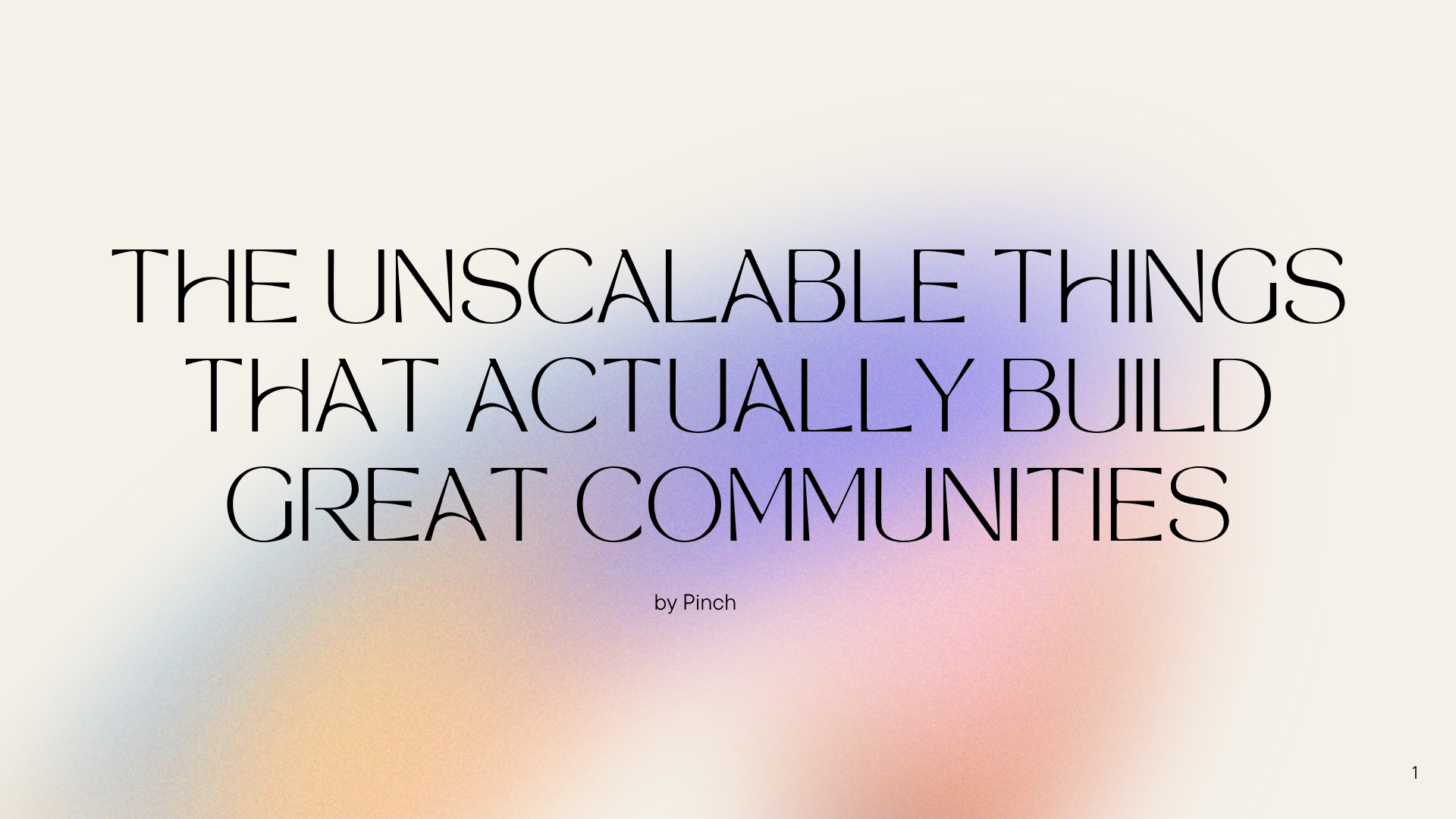
The algorithm changed again last Tuesday. By Friday, half your reach vanished. Sound familiar?
Here’s what nobody tells you about the creator economy in 2025: the game has fundamentally shifted. While everyone’s still obsessing over viral moments and follower counts, the smartest creators have quietly moved on to something far more valuable. They’re not just making content anymore. They’re building worlds people never want to leave.
Think about it. You spend years cultivating an audience on someone else’s platform. You master their algorithm, decode their preferences, play by their rules. Then one policy update later, you’re starting from scratch. The platform owns your reach. They control your access. You’re essentially a tenant who can be evicted at any moment.
Platform algorithms constantly shift, making it difficult for creators to maintain steady income. You’re not building a business. You’re building on borrowed time.
The creators who survive this volatility have figured out something crucial: content is ephemeral, but community is permanent. A video lives for days. A community lives for years.
Today’s creators aren’t just content makers, they’re entrepreneurs constantly pushing creative boundaries while juggling roles as writers, editors, directors, strategists, and community builders all in one. But the distinction matters. Anyone can create. Few can curate experiences that transform strangers into tribes.
When you transition from creator to curator, your value proposition changes entirely. You’re no longer competing in the attention economy where every scroll is a battle. You’re building an experience economy where people actively choose to stay.
Consider this: a viral video might get you a million views. But a thriving community gives you a thousand people who’ll buy anything you create, show up to every event, and defend your work like it’s their own. Which would you rather have?
Not all communities are created equal. The internet is littered with dead Discord servers and ghost-town Facebook groups. The communities that thrive share something deeper than a common interest. They offer what platforms never can: agency, intimacy, and ownership.
Communities exist independent of social media algorithms, with members joining specifically to engage with content, creating higher engagement rates. When someone joins your community, they’re making a conscious decision. They’re not just scrolling past. They’re opting in to something that matters to them.
The best communities feel less like audiences and more like movements. Members don’t just consume, they contribute. They don’t just watch, they participate in creating the culture itself. You’re not broadcasting to them. You’re building with them.
Here’s where it gets interesting. Creators are transitioning from content producers to brand founders, using their loyal followings to drive sales without relying on traditional advertising, with success lying in sustainable business models.
When MrBeast launched Feastables, he wasn’t just slapping his name on a product. He was offering his community a way to participate in his journey. When Ashley Alexander created Nami Matcha, she wasn’t competing with Starbucks. She was giving her people something that reflected their shared values.
The math is simple but powerful. Customer acquisition costs drop to nearly zero when you’re selling to a community that already trusts you. Lifetime value multiplies when people feel like they’re part of something bigger than a transaction.
Smaller creators and micro-influencers tend to have more tight-knit communities, with higher earnings often coming from combining multiple revenue streams. It’s not about having the biggest audience. It’s about having the right one.
The shift from creator to curator requires a different mindset entirely. You’re not asking “what content should I make today?” You’re asking “what experience do I want to create? What culture am I building? What do my people need that they can’t find anywhere else?”
In 2025, platforms have pivoted back to community-first engagement, prioritizing groups and local discovery. Even the algorithms recognize what matters now.
Start by thinking smaller than you’re comfortable with. A hundred people who care deeply will always beat ten thousand who barely notice. Build spaces where conversation happens without you. Create rituals that people anticipate. Give your community reasons to talk to each other, not just to you.
The content becomes a byproduct of the community, not the other way around. Your best ideas will come from listening to what your people actually need, not from chasing trends.
Here’s the uncomfortable truth: building community is harder than creating content. It’s slower. It’s messier. It requires genuine care about people, not just metrics. You can’t automate it or hack it or growth-hack your way to authentic connection.
But it’s also the only strategy that gets easier over time. Every piece of content you create has diminishing returns. It peaks, then fades. But every person who joins your community and stays increases the value for everyone else. It’s compound interest for attention.
The creators winning in 2025 aren’t the ones with the most viral moments. They’re the ones who’ve built spaces people can’t imagine leaving. They’ve stopped playing platform roulette and started building something that belongs to them and their community.
So here’s your choice. You can keep creating content, hoping each post does better than the last, forever at the mercy of whatever algorithm update comes next. Or you can start curating a community, building something that grows more valuable with every person who joins.
The best creators aren’t just making things anymore. They’re making places. Places where people want to be, where they feel seen, where they belong.
The question isn’t whether you can create. Everyone can create. The question is: can you build something worth staying for?
That’s where addpinch comes in. Not as another platform to rent space on, but as a tool to build your own ecosystem, your own terms, your own future. Because the creator economy isn’t about creating anymore.
It’s about curating worlds people never want to leave.